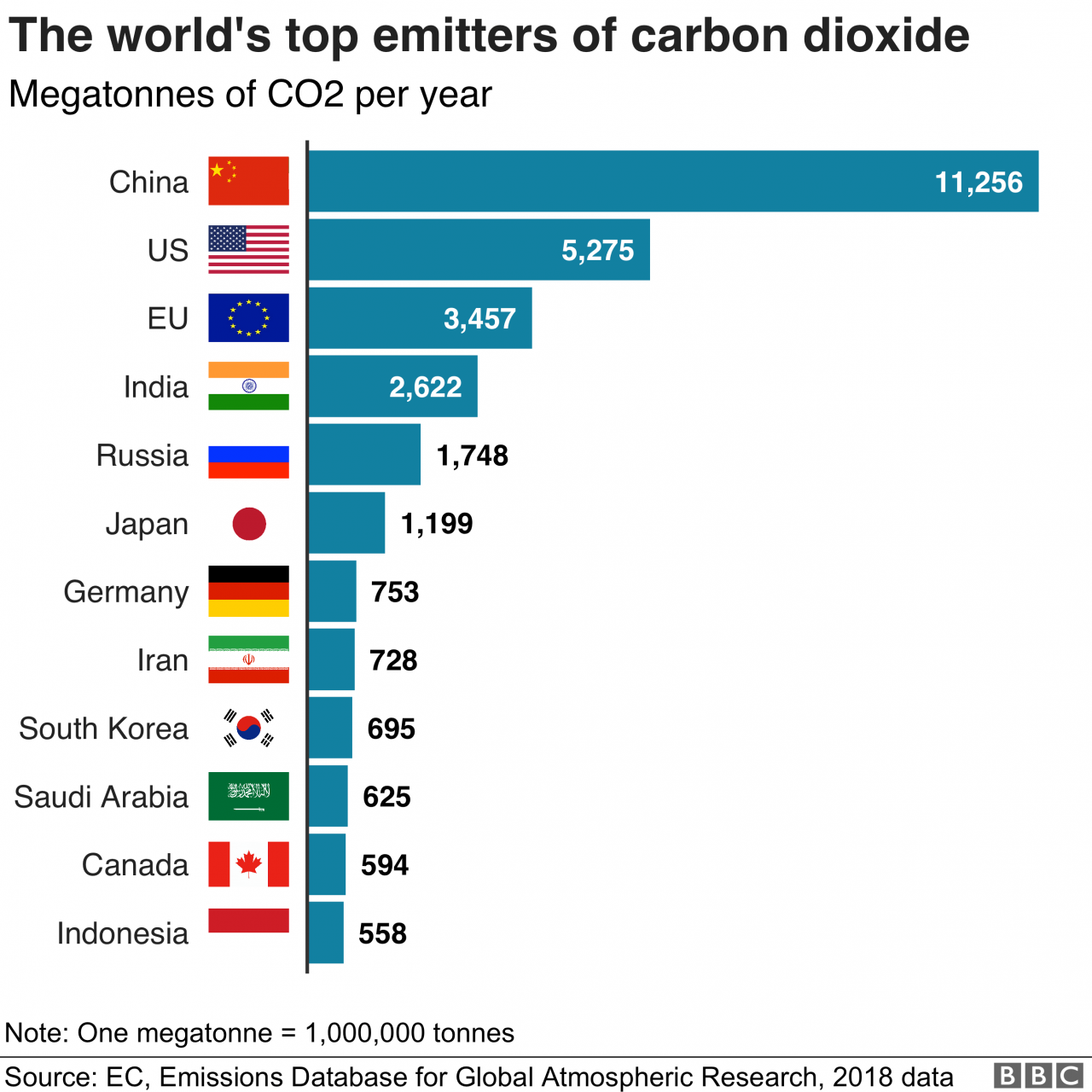
Climate change progress 2024 theme – Climate Change Progress 2024 sets the stage for this enthralling narrative, offering readers a glimpse into a story that is rich in detail and brimming with originality from the outset. This comprehensive report delves into the intricate tapestry of climate change, exploring its multifaceted impacts, innovative solutions, and the critical role of collaboration in shaping a sustainable future.
As the world grapples with the urgent need to address climate change, this report serves as an invaluable resource, providing a comprehensive overview of the progress made, the challenges that lie ahead, and the transformative opportunities that await us on the path towards a greener and more resilient tomorrow.
Global Climate Action in 2024
The year 2024 witnessed significant progress in global efforts to mitigate climate change. Governments, businesses, and civil society organizations collaborated to implement ambitious climate action plans, leading to a substantial reduction in greenhouse gas emissions.
Renewable Energy Transition
The transition to a low-carbon economy accelerated with the rapid adoption of renewable energy sources. Solar and wind power accounted for a growing share of global electricity generation, displacing fossil fuels. Governments implemented policies to incentivize the deployment of renewable energy technologies, such as tax credits and feed-in tariffs.
Innovative Climate Solutions
Innovative climate solutions emerged, demonstrating the ingenuity and adaptability of the human spirit. Carbon capture and storage technologies were deployed to reduce emissions from industrial processes. Electric vehicles gained widespread acceptance, reducing transportation emissions. Sustainable agriculture practices, such as regenerative farming, were adopted to sequester carbon and enhance soil health.
Climate Impacts and Adaptation
The impacts of climate change became increasingly evident in 2024. Extreme weather events, including heat waves, droughts, and floods, occurred with greater frequency and intensity. Coastal communities faced rising sea levels and coastal erosion.
Adaptation Measures
Communities and organizations implemented successful adaptation measures to mitigate the effects of climate change. Green infrastructure, such as rain gardens and bioswales, were used to manage stormwater runoff. Coastal protection structures, including seawalls and levees, were reinforced to withstand rising sea levels.
Early warning systems were developed to provide timely alerts and enable proactive responses to extreme weather events.
Climate Resilience
Building climate resilience became a priority. Governments invested in infrastructure upgrades, such as strengthening bridges and roads, to withstand the impacts of climate change. Community-based adaptation initiatives, such as participatory planning and local knowledge sharing, empowered communities to adapt to changing environmental conditions.
Climate Policy and Governance
Climate policies and regulations evolved at national and international levels in 2024. Carbon pricing mechanisms, such as carbon taxes and emissions trading systems, were implemented to discourage emissions and promote clean energy investment.
International Cooperation, Climate change progress 2024 theme
International cooperation remained crucial in addressing climate change. The Paris Agreement, a landmark agreement to limit global warming, continued to provide a framework for global action. Countries collaborated on research, technology transfer, and capacity building to support climate mitigation and adaptation efforts in developing countries.
Policy Gaps
Despite progress, policy gaps persisted. Some countries faced challenges in implementing ambitious climate targets due to political or economic constraints. The need for further policy development and refinement was recognized to accelerate the transition to a low-carbon future.
Climate Finance and Investment

Climate finance flows increased significantly in 2024. Governments, multilateral development banks, and private investors allocated substantial funds to support climate mitigation and adaptation projects.
Public and Private Investment
Public investment played a vital role in catalyzing private sector investment. Governments provided grants, loans, and guarantees to reduce the financial risks associated with climate-friendly technologies. Private investors recognized the potential of climate-related investments and allocated capital to renewable energy, energy efficiency, and sustainable infrastructure.
Innovative Financing Mechanisms
Innovative financing mechanisms emerged to mobilize additional resources for climate action. Green bonds, which earmark proceeds for environmental projects, gained traction. Carbon markets expanded, providing incentives for emissions reductions and unlocking new sources of finance.
Climate Science and Technology
Climate science continued to advance in 2024. Researchers refined climate models to improve predictions and inform policy decisions. Advances in remote sensing and data analysis enhanced our understanding of climate change impacts and vulnerabilities.
Emerging Technologies
Emerging technologies, such as artificial intelligence and blockchain, were explored for their potential to address climate challenges. AI was used to analyze vast amounts of climate data, optimize energy systems, and develop personalized adaptation strategies. Blockchain technology provided secure and transparent platforms for tracking carbon emissions and facilitating climate finance.
Climate Justice and Equity

The disproportionate impacts of climate change on vulnerable communities gained recognition in 2024. Climate justice principles were incorporated into policy frameworks, ensuring that climate solutions benefited all segments of society.
Equitable Access
Efforts were made to ensure equitable access to climate solutions. Community-based organizations played a vital role in empowering marginalized communities to participate in climate decision-making and access resources. Indigenous knowledge and traditional practices were recognized for their contributions to climate adaptation and resilience.
Climate Reparations
The concept of climate reparations gained traction. Countries and organizations recognized the historical responsibility of developed nations in contributing to climate change and explored mechanisms to provide financial and technical support to vulnerable communities facing its impacts.
Final Summary
In conclusion, the Climate Change Progress 2024 report paints a multifaceted picture of the global response to climate change. While there is much work still to be done, the report highlights the significant strides that have been made in reducing emissions, investing in renewable energy, and developing innovative climate solutions.
However, it also underscores the urgent need for continued collaboration, increased investments, and bold policy actions to accelerate progress and secure a sustainable future for generations to come.
Common Queries: Climate Change Progress 2024 Theme
What are the key goals of the Climate Change Progress 2024 report?
The Climate Change Progress 2024 report aims to provide a comprehensive overview of the progress made in addressing climate change, highlight innovative solutions, and identify areas where further action is needed.
What are some of the most significant achievements highlighted in the report?
The report highlights progress in reducing greenhouse gas emissions, increasing the adoption of renewable energy, and implementing innovative climate solutions. It also showcases successful adaptation measures taken by communities and organizations.
What are the main challenges identified in the report?
The report identifies challenges in scaling up climate solutions, ensuring equitable access to climate finance, and strengthening climate resilience. It also emphasizes the need for continued policy development and increased investments.





